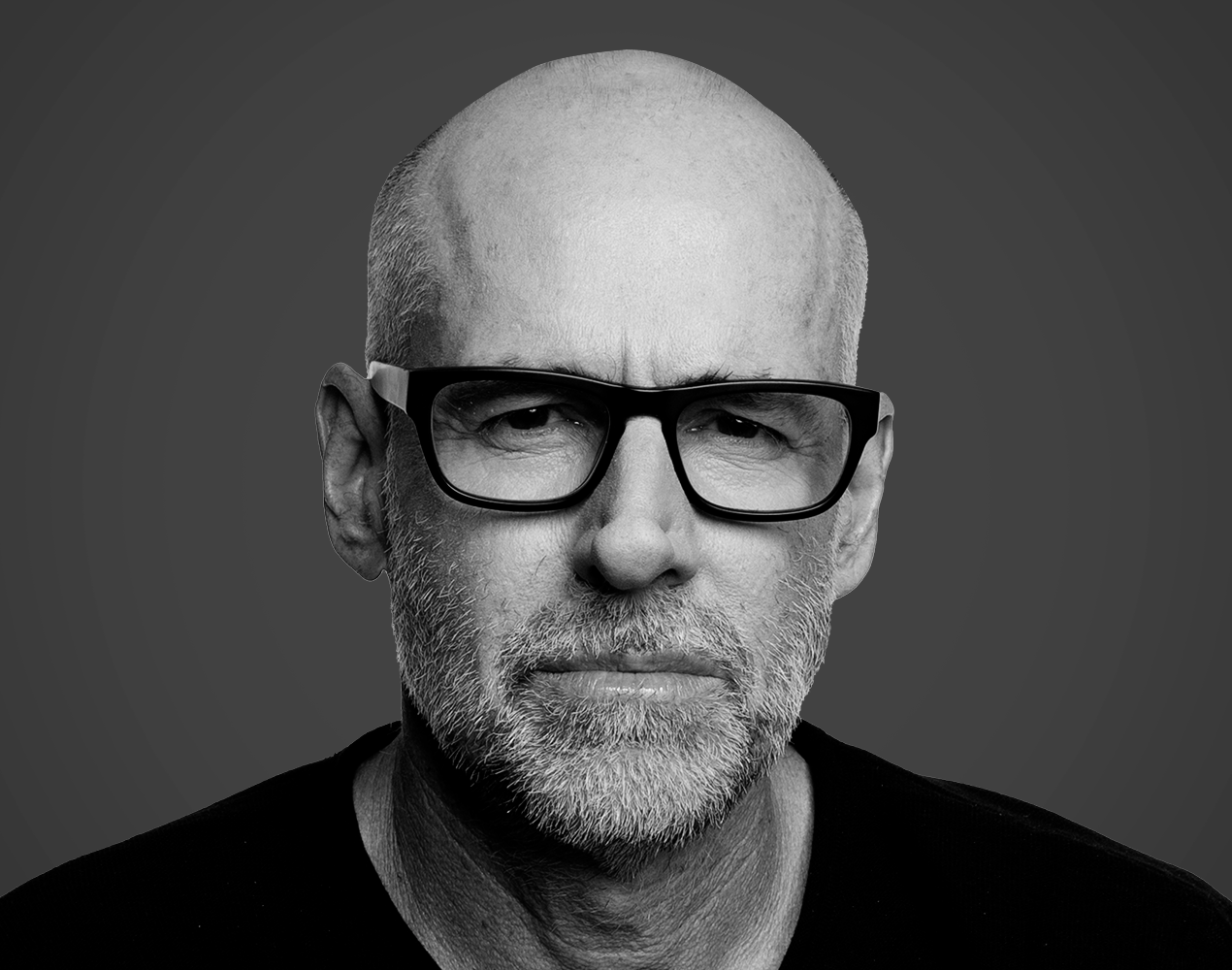Scott Galloway, professor of marketing at NYU Stern, has said that CMOs who are not looking to evolve their roles away from advertising, brand and media budgets towards a role that affects more of the business will be a thing of the past soon.
“If you’re the CMO that shows up and says ‘I need more budget so that I can do a brand identity study, can spend money on advertising and get invited to great conferences and hang out with people who are more interesting and better looking than me by spending media dollars that are less and less impactful’ then you’re like the second lieutenant in Vietnam — you’re dead in 18 months or less,” he said.
Speaking virtually to an assembled crowd of leading Australian marketers at the Association for Data-driven Marketing and Advertising’s (ADMA) Global Forum conference last week, Galloway explained that the new CMOs will be less like the ‘Mad Men’ that they currently are and more like supply chain bosses.
“If you’re a CMO that is focused on supply chain and incorporating innovation… that means that you’re someone who can scan the world and bring some great ideas [to the business],” he said.
“That CMO survives and they become the COO or SVP of supply chain… The majority of CMOs were raised in a kind of Mad Men era where they thought brand intent and associations and that a great campaign can change the trajectory of a company and are constantly asking for more media budget.”
Then, Galloway continued his polemic against the CMO, saying that advertising was a tax on the poor and technically illiterate and that the only good marketing was to make a good, innovative product — Apple being the best example.
“Show me a company that has had more than a $100 billion market cap in the last decade and I’ll show you a company that probably doesn’t advertise very much.
“I don’t like to say this at ad conferences but at Cannes this year, advertising kind of outs you as not getting it. The companies that really add a lot of value are focused on boring shit like supply chain and analytics and product innovation.”
Between the end of the Second World War and the end of the Cold War (roughly) continued Galloway, cheap radio and TV advertising allowed companies to get away with manufacturing sub-standard products and still create shareholder value by attaching it to notions and ideas, rather than letting the product speak for itself.
“Take a mediocre product, mediocre shoes, sugary drinks, salty snacks, or a mediocre car from Detroit and wrap it in these amazing associations of sex, youth, European elegance, American toughness and pound away with these associations using this incredibly vehicle called broadcast media.
“Then broadcast media became untenable, inefficient and expensive and the fragmentation of media made it just ineffective. Digital reignited an era of unprecedented product innovation. Google, Facebook and Instagram are just 10x better products. Netflix is 12 bucks versus cable at $200 or $220 in the US. I would argue that the chief marketing officer — and I hate to use the term chief innovation officer — but the biggest innovations haven’t been ad campaigns. They’ve been ‘How do I get my Nespresso pods within 48 hours? How do I have amazing content with no interruptions?”
Then, to really drive home the point, Galloway said:
“How do you know your life hasn’t worked out? You’re watching a lot of advertising. Advertising has become a tax on the poor and the technologically illiterate.
“If you can figure out ways to unlock innovation in product and digital technologies, I think you’re going to survive.”








